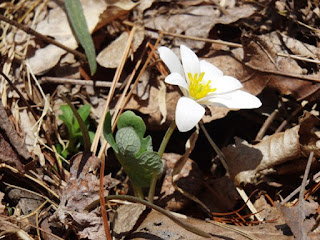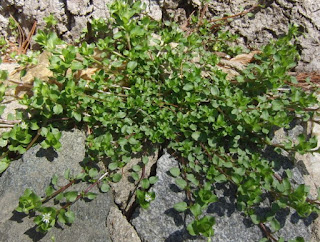But should you buy a copy of his Crossley's ID Guide? Let's take a look.
The basic approach of this guide is to offer a nearly full-page image (smaller for less common birds) made up of numerous photographs of a single bird species. I can't even imagine how much work must have gone into this: the book's website boasts that 10,000 photographs went into making these 640 plates. Stop and think about that for a second.
Things I like
Diversity of images. With many, many photos per bird, you get them at different angles, in flight, and engaging in some of their more common behaviors. You get close-ups and distance shots -- Crossley argues these tiny shots are most similar to how you'll see most birds. You also get a wider variation in color than many guides show: adults and juveniles, males and females, sun and shade, winter and summer, and even some molting birds.
Emphasis on behavior and habitat. Crossley really emphasizes that these things, along with shape and size, give you more information than color will about the bird you're looking at. The text is dwarfed by the images, but there's a lot in there.
How to Be a Better Birder. The introduction has a very nice section whose philosophy resonated with me a lot. "Knowing the name of a bird is not important, but knowing how to look at it is crucial."
Where's Waldo? Built into the approach of this book is a game for all ages: many birds are well hidden in the composite images. You could spend hours looking for them all. And it would probably make you a better birder in real life.
Things I don't like
My head is about to explode. These composite pictures are not for the faint of heart: dozens of bird images have been photoshopped together onto one background, often bringing trees or other perches with them. Many backgrounds have key habitat features, but some are just needlessly busy. For example, putting a crazy pink flowering cherry behind the cardinals really doesn't add useful information. (The rainbow behind the northern goshawks is simple enough to be a nice touch, though.)
Hard to navigate. Crossley argues that since taxonomy changes all the time, most organizational schemes become quickly outdated. But 183 pages of songbirds without a subheading? I'm overwhelmed. The rows and rows of thumbnail pictures in the front don't help much. I may add some sticky notes to help me page through.
Geographic range. This book includes everything east of the Rockies in "eastern." That will be a plus to some readers, but it adds to the overwhelming: there are a lot of birds in here that we will never see anywhere near the DC area. Roadrunners, anyone?
Bottom line
This is not a guide you'll take into the field: it's the size of a college textbook. And having just started with it, I get the feeling it could serve the same purpose. It has found a place on my bedside table, not with the field guides: it's a book I hope to look at carefully, studying pictures ahead of time. I'm imprinting these pictures on my brain so that I'll know more birds when I see them, without having to look them up.
Alternatively, the heft of this book could encourage you to learn to look at birds the way Crossley learned as a child: to make detailed notes in the field, then look up information when you get home. That forces you to really look at a bird, rather than focusing on finding the name and moving on. On the page and in the field, this book should help encourage you to really look.
The Crossley ID Guide: Eastern Birds
Princeton University Press, March 2011
544 pages, 7.5x10 inches
Buy a copy
Read more reviews: Audubon magazine, 10,000 Birds, the Birder's Library, the Drinking Bird, the Birdchaser, Avian Review
Visit Crossley's website

















